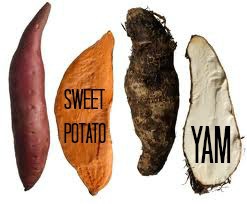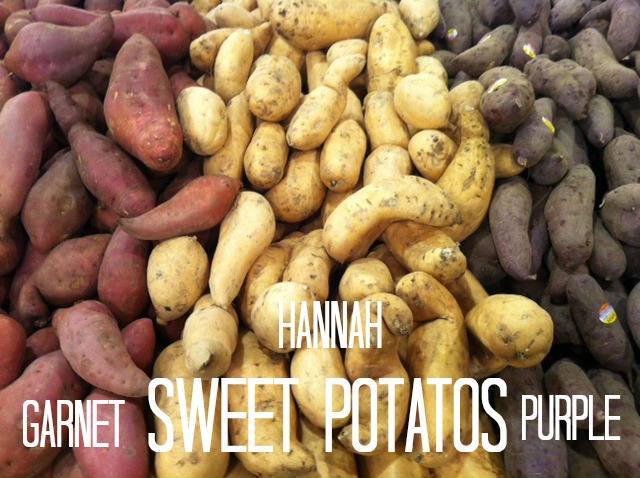How to Make 5 Minute Cous Cous
/Sometimes we just need to make something quick -- feed hungry kids, husbands or ourselves for that matter. But quick doesn't have to mean unhealthy.
That's one reason why cous cous is awesome to make. It only takes 5 minutes! Here's how...
How to make cous cous
Ingredients:
1 C dry cous cous
1.25 C water or veggie broth
Bring water to a boil. Add cous cous, stir it around once and put the lid on-top. Remove from heat immediately. Let sit for 5 minutes and your done!
What to do with cous cous
Cous cous has a light taste and a fluffy texture which can be fun to play with. You can add any kinds of veggies, beans and spices to cous cous to make it yummy meal. Keep some plain cous cous left-over in your fridge to throw into other dishes.
Here are two 'Trisha approved' recipes for cous cous:
1. Mary McDougall's Tex-Mex Cous Cous Salad
2. Alicia Silverstone's Moroccan Cous Cous Salad
If you make any of these recipes, please post your thoughts on them in the comments section below. Myself and others would love to hear your thoughts!







